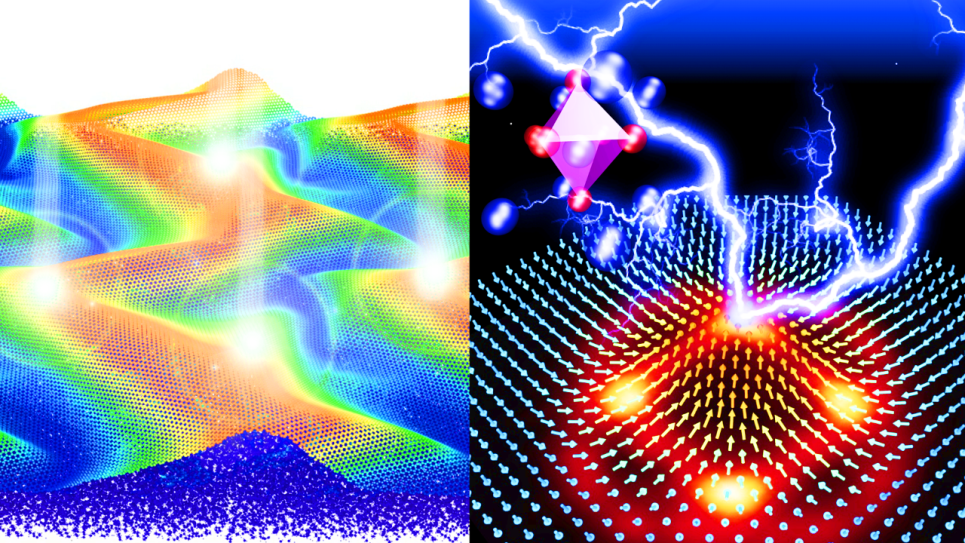We will apply large-scale quantum simulation methods to model the microscopic physical and chemical processes involved at interfaces between electrodes and electrolytes, in photoelectrochemical (PEC) energy conversion. Although our primary application is to PEC, our study is also relevant to other problems of interest in renewable energy applications, including electrical energy storage. We will employ large-scale, massively parallel ab initio molecular dynamics (AIMD) simulations to obtain atomic trajectories and compute ensemble averages and thermodynamic properties, and many body perturbation theory to compute band edges and spectroscopy signatures of water/oxide interfaces.
We will use codes (Qbox, Quantum Expresso and WEST) that have all been optimized to run on BG/Q at ALCF, at ANL. These scalable, integrated first principles codes will be capable of tackling systems of unprecedented size (several thousands of electrons), and will be applied to simulate realistic electrodes at the interface with simple aqueous solutions. The specific aims of the project are: (i) to provide knowledge and computational tools to interpret the large body of current experiments on fuel production from water; and (ii) to establish design rules for predicting Earthabundant, non-toxic photo-electrodes with interfacial properties optimally suited to oxidation and reduction processes in liquid water. This project is well aligned with the DOE focus on renewable energy sources and on materials optimization.
